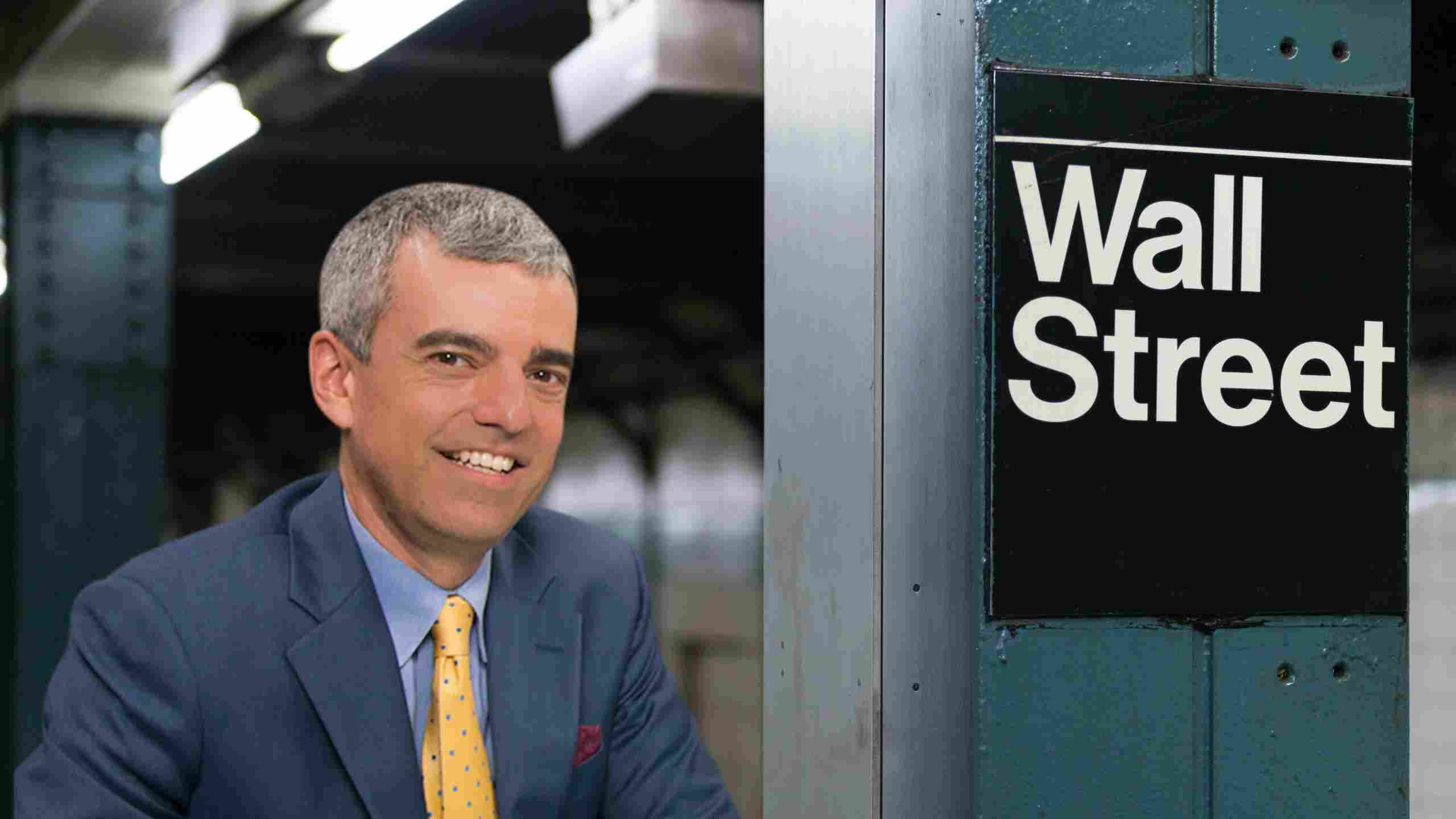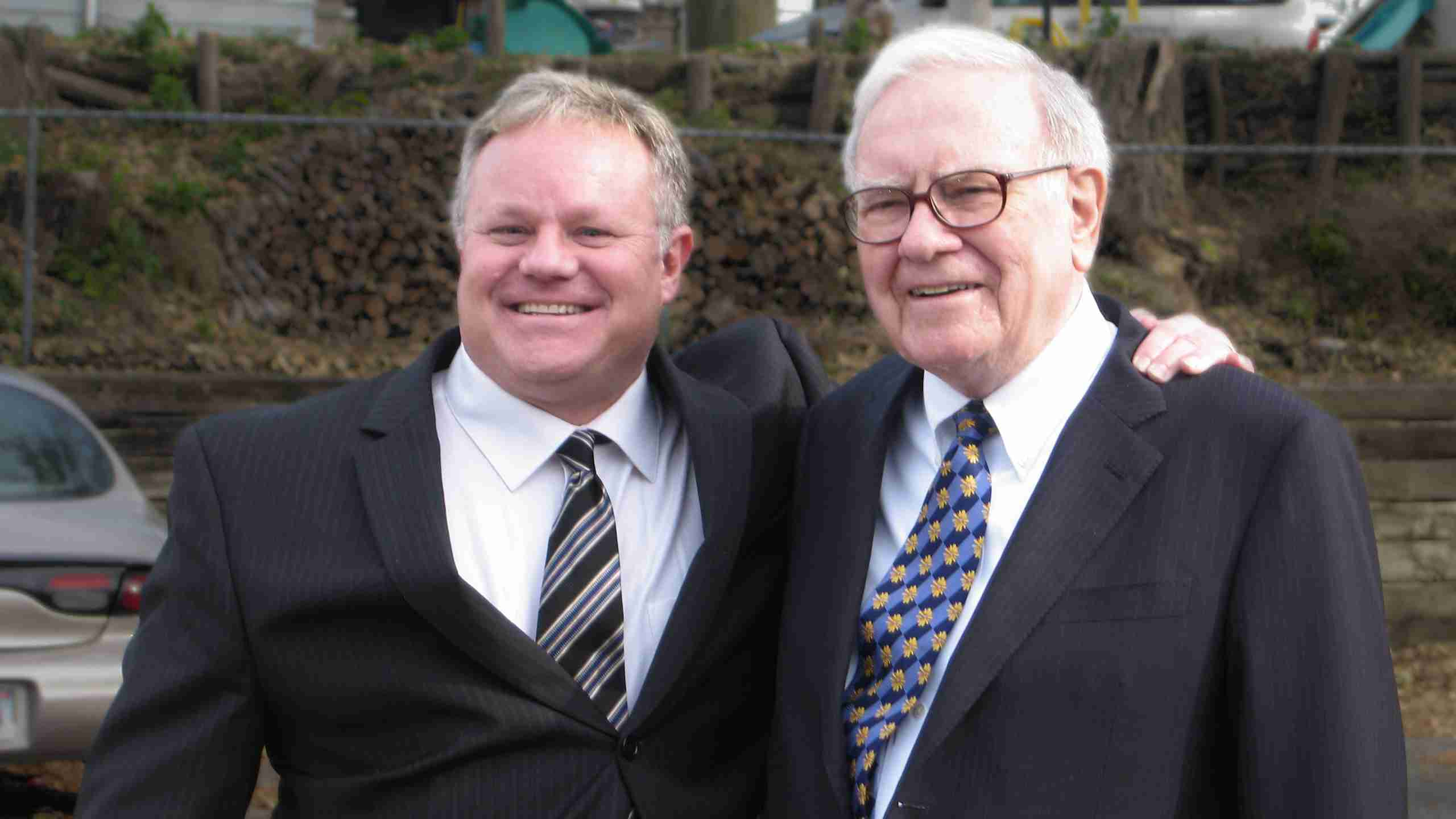When I read a book on Buffett, and there are many, I want to know if this book has been written before—the ones where the narratives state the same thing about Buffett’s investing style. In the case of Brett Gardner’s new book on Buffett, he checks all the boxes of a fascinating investment book. It’s informative, inspiring, and even entertaining. More importantly, the book Buffett’s Early Investments is not a rehash of Buffett material you’ve read before.
Episode Highlights
- The three great marketing questions and how Brett’s book checks all the boxes.
- Mark’s not-so-crazy Netflix idea for the book.
- Brett’s day with Charlie Munger.
- The Warren Buffett myth Brett debunks in the book.
- The length of time for research and writing.
- The T.S. Elliott quote seems perfect for Buffett’s investment journey.
- What are the first three railroads on a Monopoly board, and what do they have to do with Buffett?
- The primary investment was the inspiration for Berkshire Hathaway.
- Meet Micky Newman and his relevance to the Buffett story.
- Activism admist a salad oil scandel.
- Comparing a Thomas Sowell economics quote with Buffett on capital allocation.
- This is not a book only for value investors.
- A book that belongs in any MBA curriculum for finance students.
- Mark’s favorite story regarding STP research.
Buffett's Early Investments investigates ten investments that legendary investor Warren Buffett made in the 1950s and 1960s – earning him his first millions – and uncovers unique insights in the process.
Mark’s Take on Buffett’s Early Investments
I’ll repeat what a WSJ reviewer said of Brett’s book, as I agree with him 100 percent. He,
“did something clever and extremely laborious: He analyzed each of the 10 companies in the book using only the financial information available to Buffett before he bought them.“
The book is readable, informative, and even includes entertainment value (Seriously? Buffett inspected tank cars in the KC railyard to determine STP sales volume … you’ve got to be kidding).
While you can get through this book in three to four evenings, I suggest reading only one chapter at a time. On your second reading, read it at your normal pace. Also, consider reading the back matter, then the Forward and Preface to gain context. Then, pick the most interesting chapters and read those first. Each chapter stands independently and is not prerequisite material for the subsequent chapter.
I read the Philadelphia and Reading chapter first; it was my favorite section in the book. Studebaker was next, then AmEx, and then the chapter on Walt Disney. The chapter on Disney was so good; I’m now reading a biography of this creative genius. After those four, I returned to the beginning and read the other chapters in order.
I don’t grade books on the curve, yet this material is easily five-star content.
The idea that Buffett simply flipped through Moody’s Manuals and Standard & Poor’s Stock Guides and hoovered up bargains suggests any contemporary investor could have amassed a fortune doing the same thing.
I think there were four reasons for Buffett’s outperformance that I explore in greater depth here: activism, concentration, a fluid and creative research process, and a discerning filter. These factors are related: An investor taking an activist stance against a company only makes sense if the position is meaningful. Someone with influence—and, more importantly, control—should be more concentrated, with his or her actions presumably de-risking the situation. Analysts can only know so many companies; deploying creative research techniques to uncover information only makes sense if one can bet big. Buffett used these factors to assist in superior security selection, leading to his substantial outperformance.
Episode Pairings



This portable lap pad reduces neck and wrist strain, ensuring a comfortable experience during extended use on any surface.



Leave a Reply